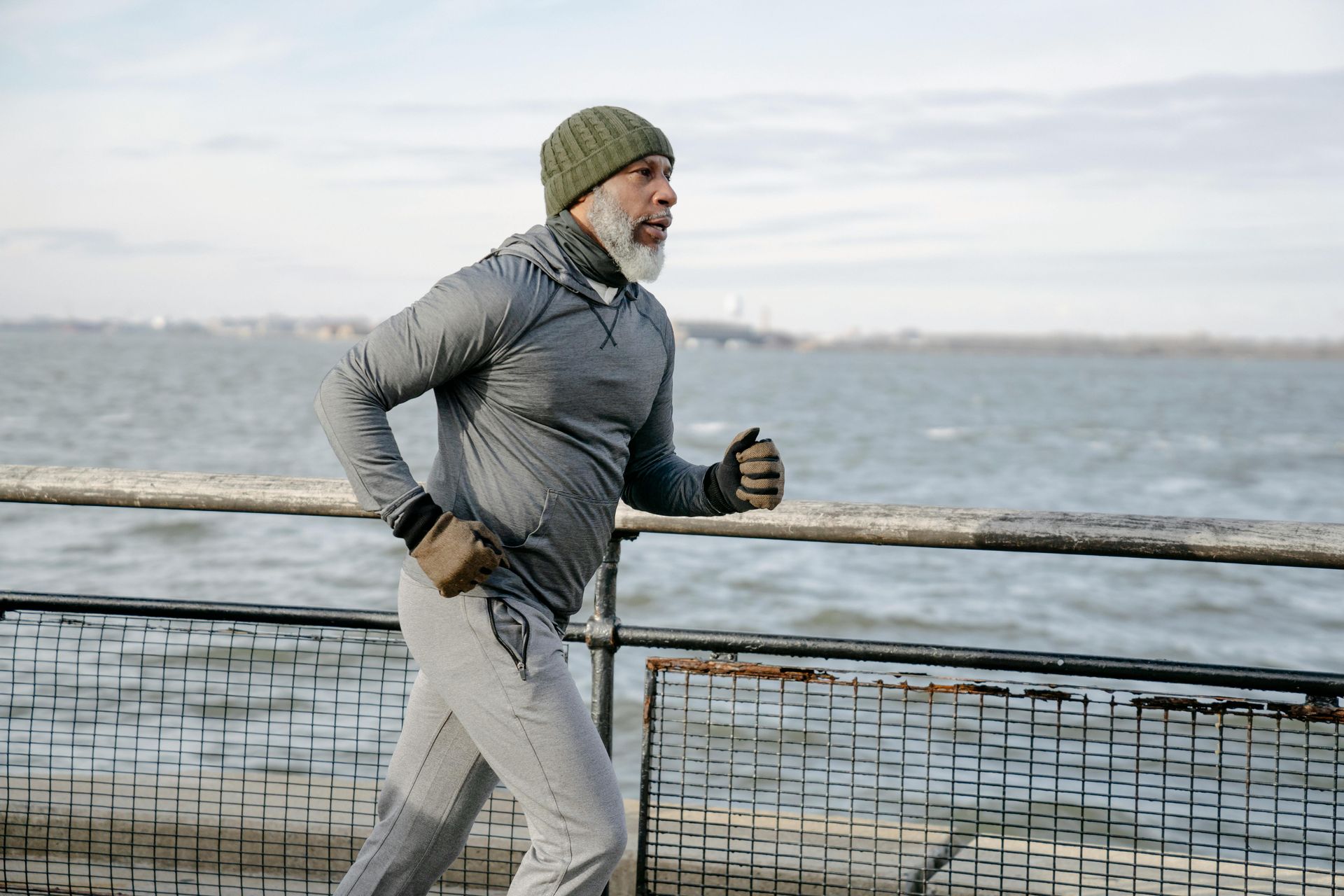Shockwave Therapy at Chelmsford Physio
Shockwave therapy is a non-invasive treatment that uses sound waves to stimulate the body's natural healing process. The sound waves are focused on the injured area, and they help to increase blood flow, reduce inflammation, and break up scar tissue. This can lead to pain relief and improved function.
Shockwave therapy has been shown to be effective for a variety of conditions, including:
- Achilles tendinopathy
- Plantar fasciitis
- Lateral epicondylitis (tennis elbow)
- Golfer's elbow
- Rotator cuff tendinopathy
- Hip pain
- Knee pain
- Shoulder pain
- Carpal tunnel syndrome

Shockwave therapy is generally well-tolerated, but it can cause some side effects, such as bruising, swelling, and pain. In rare cases, it can also cause more serious side effects, such as nerve damage.
If you are considering shockwave therapy, it is important to talk to your doctor or physical therapist. They can help you determine if shockwave therapy is right for you and can discuss the risks and benefits of the treatment.
Here are some additional details about how shockwave therapy works:
- The sound waves used in shockwave therapy are low-energy and do not damage tissue.
- The sound waves are focused on the injured area, which helps to deliver the maximum amount of energy to the target tissue.
- The sound waves cause controlled micro-trauma to the tissue, which triggers the body's natural healing process.
- The body's natural healing process includes increased blood flow, reduced inflammation, and break up of scar tissue.
- This can lead to pain relief and improved function.
Shockwave therapy is a safe and effective treatment for a variety of conditions. If you are considering shockwave therapy, talk to your doctor or physical therapist to learn more about the treatment and to see if it is right for you.
If you would like to discuss shockwave therapy before booking in please call 01245 895410 email hello@chelmsfordphysio.co.uk and one of our team will contact you to discuss.
Chelmsford Physio
Riverside Leisure Centre, Victoria Rd, Chelmsford CM1 1FG



